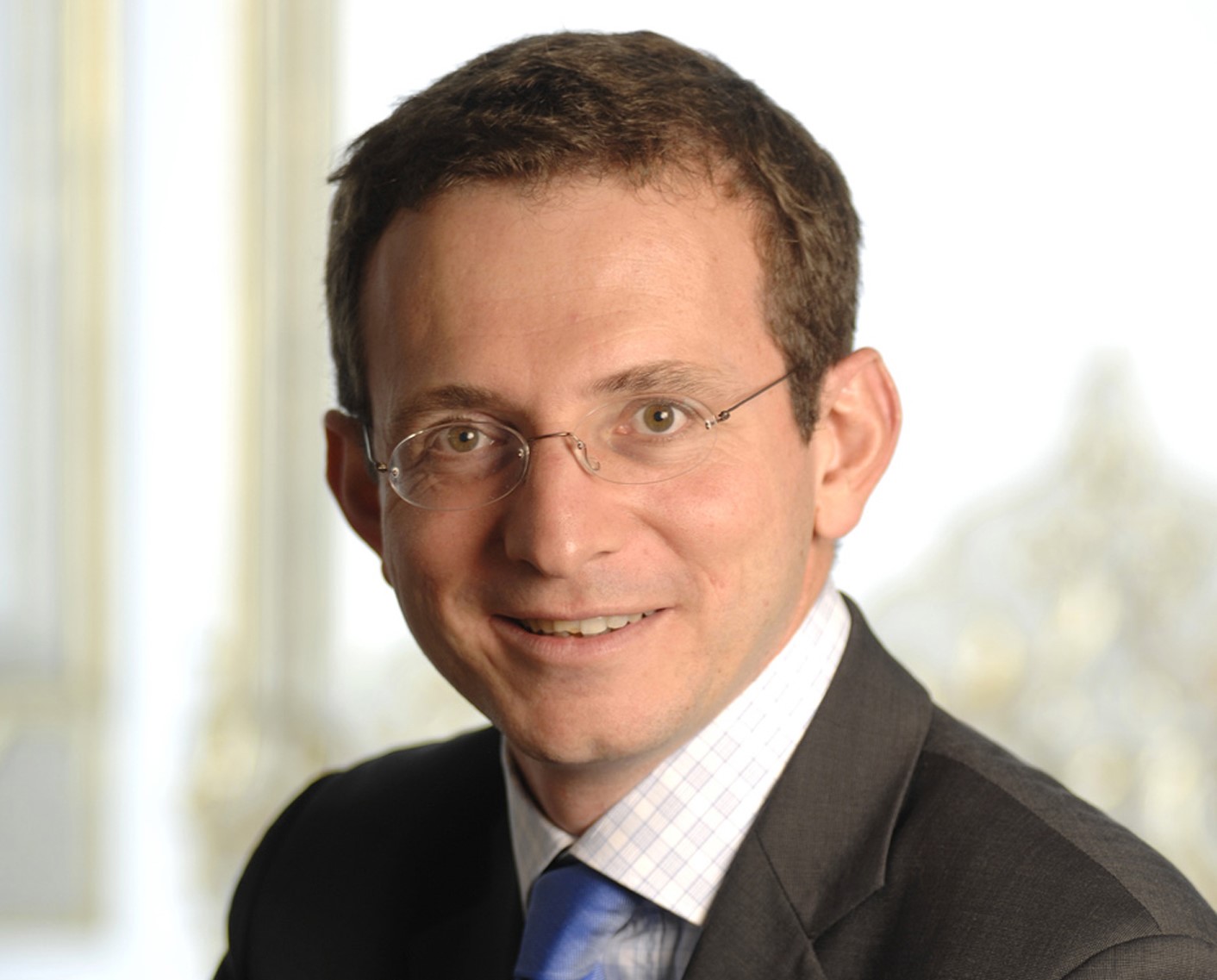Edmond de Rothschild AM unveiled in its investment outlook for the second half of 2024 that the scenario investors will face in the latter half of the year will be marked by a “nearly ideal” economic environment but also by new political obstacles.
The economic environment is more favorable than expected for capital markets for three reasons, according to the firm. Firstly, disinflation continues its course, despite its non-linear trajectory and the fact that the last phase of disinflation normalization is the most challenging to execute. Additionally, labor shortages in the United States have finally begun to ease, supported by a significant influx of immigrants. Lastly, the economic scenario is influenced by interest rate cuts that have begun in Switzerland, Canada, and Europe. Edmond de Rothschild AM assures that “they should start before the end of summer in the United States, knowing that the Federal Reserve, despite all the surprises in terms of inflation, has ruled out the option of another rate hike.”
In this environment, experts remind us that historically, equity markets have recorded positive – and often solid – returns during economic landing periods preceding a first rate cut in the United States. The prospect of monetary easing, starting from decent levels, continues to suggest that the Fed will effectively manage the slowdown and avoid a recession.
Benjamin Melman, Global CIO of Edmond de Rothschild AM, states that observing the returns recorded so far this year, “it seems that history repeats itself, which reinforces our conviction that, given the strength of the global economy, it makes sense to remain well-exposed to equities.” The expert admits that since the beginning of the year, he has been tactically oscillating between neutrality and overexposure, but also that when the Fed first lowers its benchmark rates, “we will have time to review the economic outlook and adjust our main allocation decisions,” though for now, “confidence prevails.”
Can Political Turmoil in France Become a European Financial Crisis?
If the “Rassemblement National” party wins or in the case of a “fragmented Parliament,” it is possible – though unlikely – that the new French government will embark on a spending program that expands the deficit, according to EdR AM. They emphasize that this situation “will not prevent Brussels from opening an Excessive Deficit Procedure,” and that “credit agencies could continue downgrading France’s rating.”
The OAT-Bund spread could widen a bit more, according to the firm, “but a major crisis seems avoidable, especially if the prospect of reducing the deficit is postponed and not buried if Brussels and Paris reach a mid-term agreement.” A favorable scenario could even be imagined in the case of a “fragmented Parliament” and a new political reshuffle, which could lead to an alliance between “governmental” parties of the left, center, and right, allowing the country to continue its initial commitment to reducing the public deficit.
So far, European assets have benefited from an increasingly favorable combination of factors: a stronger-than-expected economy, ongoing disinflation, and a European Central Bank that has taken the reins of monetary policy. Furthermore, the proximity of the U.S. elections is causing a wait-and-see attitude across the Atlantic. However, Edmond de Rothschild AM’s investment teams have chosen not to overweight European assets, waiting for the unstable political balance in France to become clearer, with its implications for Europe.
U.S. Presidential Elections
While the re-election of President Joe Biden would not have significant repercussions on capital markets, the return of Donald Trump to the White House is expected to have implications, according to the firm. Firstly, it would be negative for long-term sovereign bonds due to an inflationary policy involving crackdowns on immigration and plans to deport 11 million undocumented immigrants, as well as new import taxes and a fiscal policy that would not reduce but rather increase the country’s significant public deficit.
However, it would be positive for equities, “especially thanks to the return of a deregulation policy and plans to renew the tax cuts he initiated in 2016, including a possible reduction in corporate tax.” However, the firm notes that while it is difficult to assess the pressure that would be exerted on long-term rates, if long-term yields were to rise too quickly, “it would have adverse effects on equity markets.”
Investment Policy for the Second Half of the Year
Melman recalled that a year ago, the economy posed many questions, “as disinflation remained timid and in the United States, a recession was feared.” However, he now admits that political difficulties were quite contained at that time. “Since then, the issues have reversed. While the economic environment now seems quite promising, it is being overshadowed by political problems. The only constant has been the continued deterioration of the geopolitical environment. This means that there may be some volatility, triggered by French political turmoil or the potential return of Trump to the White House. The good news is that markets can sometimes overreact to political crises, and this can create some attractive opportunities.”
Consequently, Edmond de Rothschild AM’s investment teams are confident in both equities and fixed income. Regarding the latter, they are considering reducing their exposure to long maturities, but as late as possible, to take into account the U.S. elections. In fact, if the economic slowdown materializes quickly in the United States, “all fixed income markets would benefit.”
Within equity markets, while major geographical decisions (United States vs. Europe) will be largely determined by the aforementioned political issues, the investment teams have a preference for Big Data and Health, and for European small-cap companies, which trade at very attractive valuations given the more favorable economic environment and the monetary easing that has already begun.
In fixed income, Edmond de Rothschild AM continues to favor carry strategies and hybrid debt (both corporate and financial) and plans to increase its exposure to emerging debt once the Fed’s pivot signal is strong enough.




